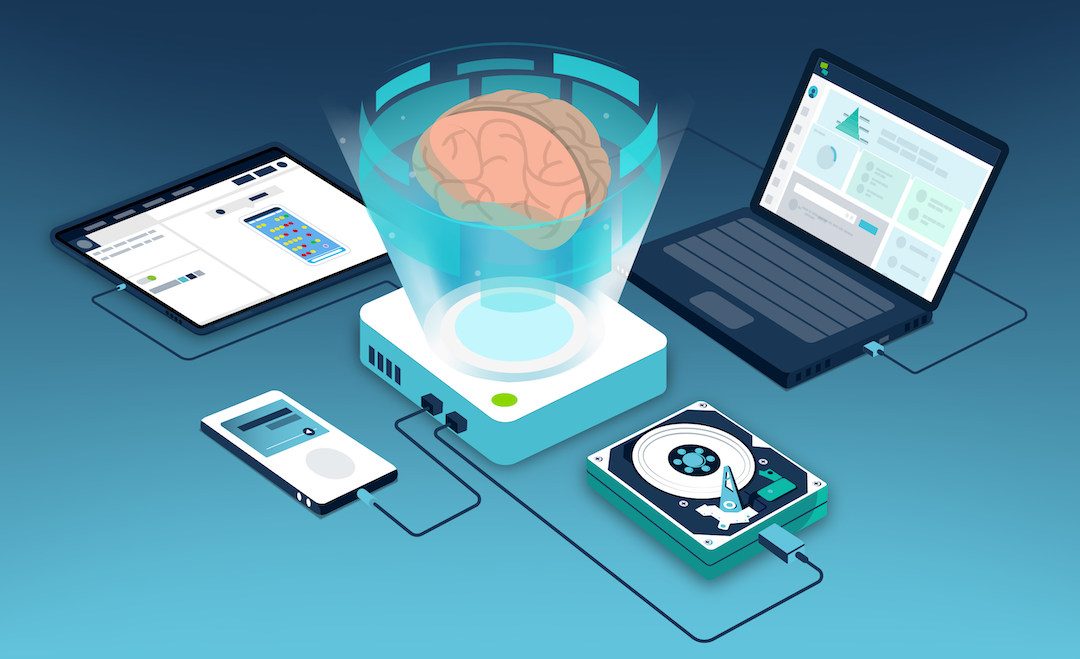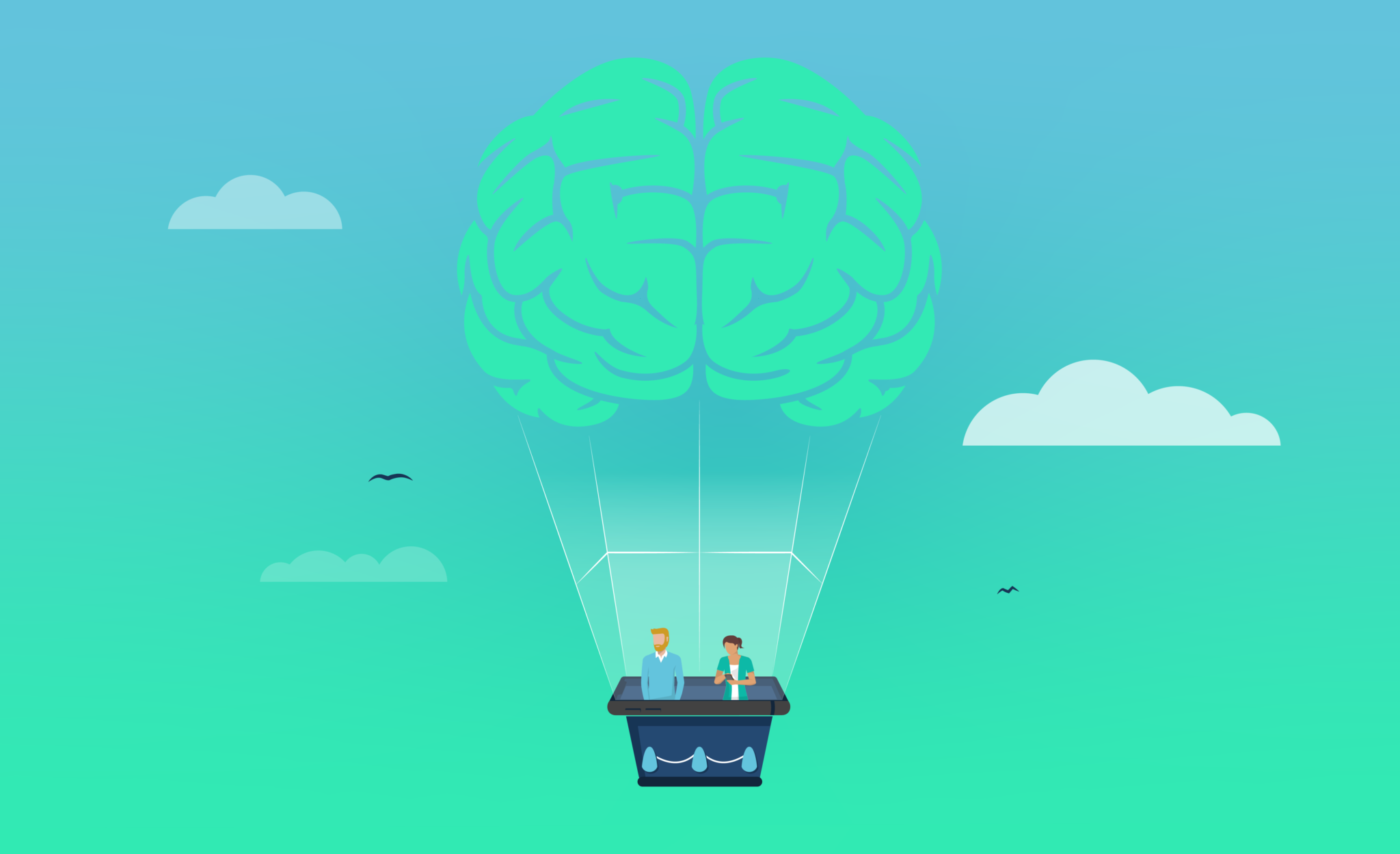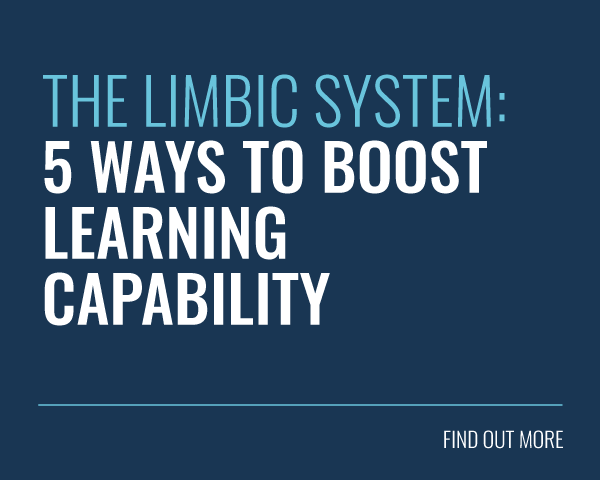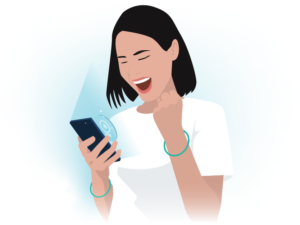
Warning: Mobile learning can be addictive! An exaggeration, perhaps, but with added elements such as gamification, learners can certainly be hooked! The truth is, there’s a lot of science behind why we love mobile learning.
With this in mind, we’re going to take a journey through the brain and its relationship with the smartphone revolution to explore why it is so beneficial.
Firstly, what’s the appeal of smartphones?
Why Do We Love Our Phones So Much?
Whether it’s social media, text, a messenger app such as WhatsApp, Instagram, Snapchat, email, video-calls, or even a good old fashioned phone call: our mobiles keep us connected.
The reason we love our mobiles goes deeper than communication. Phones have become extensions of ourselves. There’s even a term for the fear of being without your mobile; nomophobia!
Why Are Mobiles Perfect For Learning?
1. They’re Habitual
Do you ever catch yourself scrolling on social media without realising it? On average, people spend 4 hours each day on their phone. This collates to 23 days per year!
Users have also picked up habits such as checking their mobiles just before they sleep and as soon as they wake up. If the tool by which we learn is already a habit, then mobile learning will come naturally to us.
2. They Promote Anytime, Anywhere Learning
Anytime, anywhere learning is the convenience of being able to learn on the go. Be it during the commute to work, or whilst relaxing in a coffee shop: mobiles give us umpteen opportunity to learn without the shackles of a desk.
What Research Says About Mobile Learning
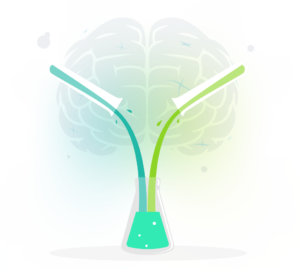
Smartphones are now undeniably wired to the brain. Every notification, every like on social media, and every vibration in your pocket all light up areas of the brain.
So, how do we link these aspects of neuroscience to mobile learning? This is how:
The Hippocampus
The hippocampi are two arched organs in your brain that look like a pair of seahorses. As well as other awesome purposes, they store your memories.
Every time you learn something new, it creates a unique neural pathway in the brain. The more you re-learn this info, the stronger the pathway gets, and the easier it becomes to recall.
The Hippocampus and Mobile Learning
The portability of the smartphone allows learners to practice anytime, anywhere learning. Having a spare five minutes to revise here and there will strengthen those neural pathways. The more you repeat the same modules, the stronger the memory becomes. Learning in short bursts like this is to referred to as microlearning.
Endorphins
Endorphins are one of the body’s main feel-good chemicals. They work by passing messages from one neuron to the next. They help relieve pain and produce feelings of content and general serenity.
Endorphins and Mobile Learning
One way to ensure endorphins are released by the truck load is with our gamified learning app: Growth Engineering Learning App.
Gamification is the method of applying gaming elements to non-gaming environments. It adds an exciting, competitive edge to learning.
Competition can create feel good chemicals such as endorphins (especially if you win!). We’ve introduced gamified elements such as leaderboards. The more learnt, the more points you’ll earn. The more point earnt, the higher you’ll climb the leaderboard. This’ll have the endorphins rushing through your bloodstream!
Via our training quiz ‘Battles’, colleagues are able to fight for the title of the most knowledgeable! The competition involved is another example of how to get an endorphin rush. The same chemicals are released when a runner wins a race (but Battles is less exhausting!).
We hope you get a hit of the feel-good chemical when you watch this video of an endorphin casually strolling through your brain:
Dopamine
Dopamine was discovered by two scientists in Sweden in 1958. It’s related to sleeping, moving, thinking, motivation and reward.
Dopamine is also the chemical released when we eat our favourite foods, have successful social interactions and when we exercise.
Dopamine and Mobile Learning
Whenever you receive a notification from a social media site such as Facebook or Twitter, your brain releases a dopamine hit. This is the same hit we get when we win a reward.
Admins on Growth Engineering Learning App can set-up push notifications to be sent out whenever there’s something new to learn, or whenever someone’s commented on your post. That vibration in your pocket will give you the dopamine hit we all love!
Learners interacting on the social wall is a great way to produce that powerful shot of dopamine as can chatting with an Expert.
Dopamine keeps the learner coming back for more, ensuring they keep learning in the process.
Final Words
Most of us check our smartphones without even realising it. We spend on average four hours on our phones each day and they’ve become a habitual part of our lives. A big part of this habit is the rush of feel-good chemicals we get from them. By incorporating techniques such as gamification, we’re able to give learners the same good feelings when they learn via mobile.
Having great social interactions on our mobile learning app will release dopamine. Winning a Battle will give the learner the awesome feeling of endorphins. With smartphones now an extension of us, mobiles are by far the preferred way to learn. And with our tips you can create a magnificent mobile learning initiative.


